Photo
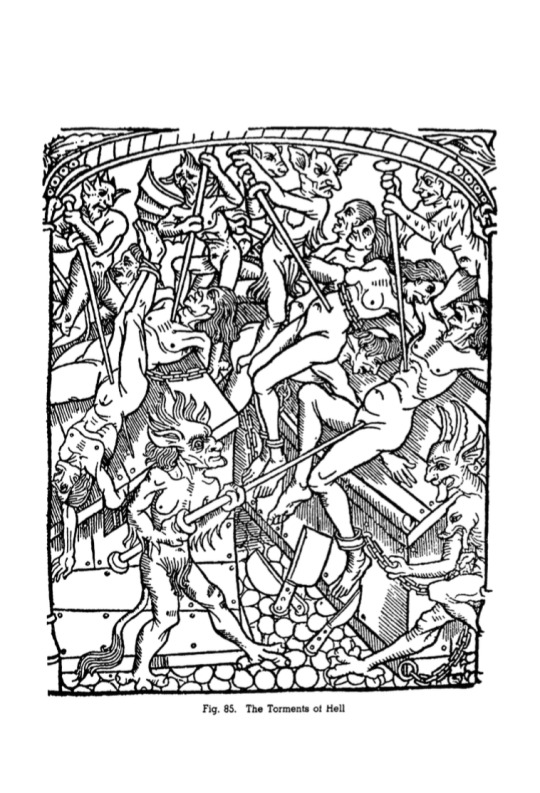
Fig. 85: The Torments of Hell
Le Grant Kalendrier... des Bergiers, Troyes, XVI century
(Printed between 1493 and 1633 the Kalendrier had five main sections: a calendar, the Tree of Vices, the Seven Deadly Sins, considerations of health, and astrology. The sections are meant to teach readers how to live a more pious life and work toward religious salvation.)
0 notes
Photo
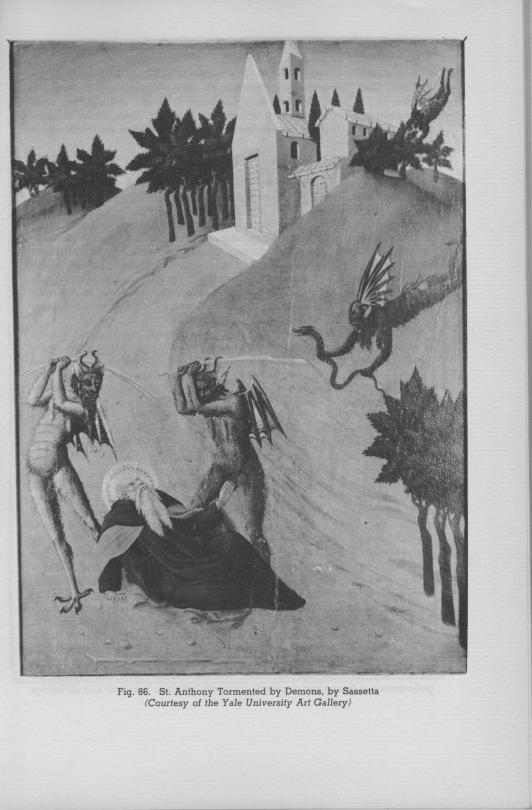
Fig. 86: St. Anthony Tormented by Demons
Sassetta, XIV century, Yale University Art Gallery
(Originally thought to have been a piece by Sassetta, this panel depicting St. Anthony Abbot, or St. Anthony the Hermit, has been more recently credited to Sano di Pietro. The devil is said to have plagued the saint with boredom, wolves, scorpions, and other unpleasant beasts.)
#Fig. 86#St. Anthony Tormented by Demons by Sassetta (Courtesy of the Yale University Art Gallery)#Page 221
0 notes
Photo
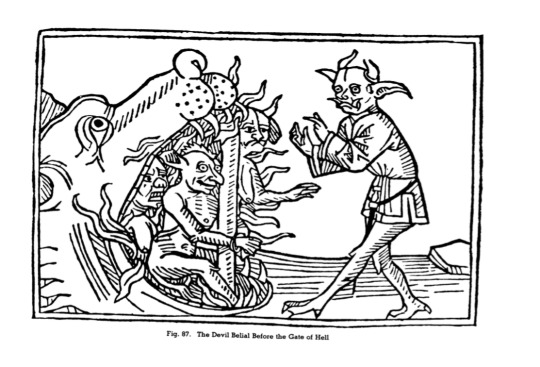
Fig 87: The Devil Belial Before the Gate of Hell
Das Buch Belial, Augsburg, 1473
(Das Buch Belial is a translated and reprinted version of a book published in the late 1300s entitled Consolatio peccatorum, seu Processus Luciferi contra Jesum Christum, which did not include woodcut illustrations. The story involves Lucifer suing Christ, with the demon Belial acting as the devil’s advocate.)
1 note
·
View note
Photo
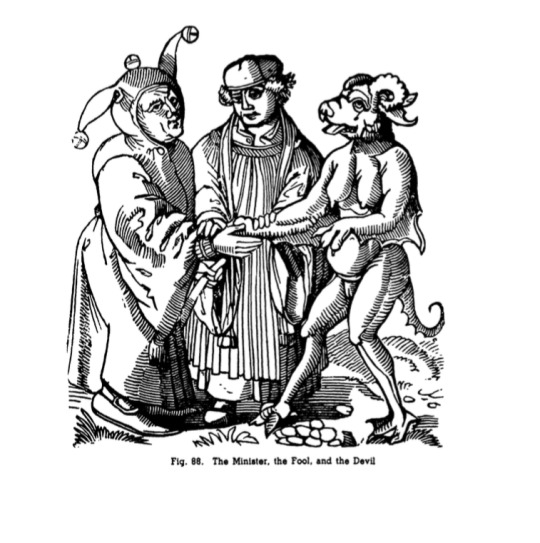
Fig. 88: The Minister, the Fool, and the Devil
Thomas Murner, Von dem grossen Lutherischen Narren, J. Scheible, Stuttgart, 1848
(Murner was a German Franciscan monk that traveled to study law and make fun of Martin Luther. He became a prolific writer of satire against reformation and religion. This image is from one of his most famous pieces, translated “On the Great Lutheran Fool.”)
0 notes
Photo

Fig. 89: St. Cado and the Devil
Popular French print
(It was a popular belief in the 1300s that the Devil, among other things, had a talent for bridge building. The legend of the Ponte Valentré in Cahors, France involves an architect falling behind in his work and summoning the Devil for help. The story does not include any saints, so it is unknown as to why this print, also titled St. Cado Giving the Devil a Cat in Exchange for the Construction of a Bridge, has St. Cado at all.)
0 notes
Photo
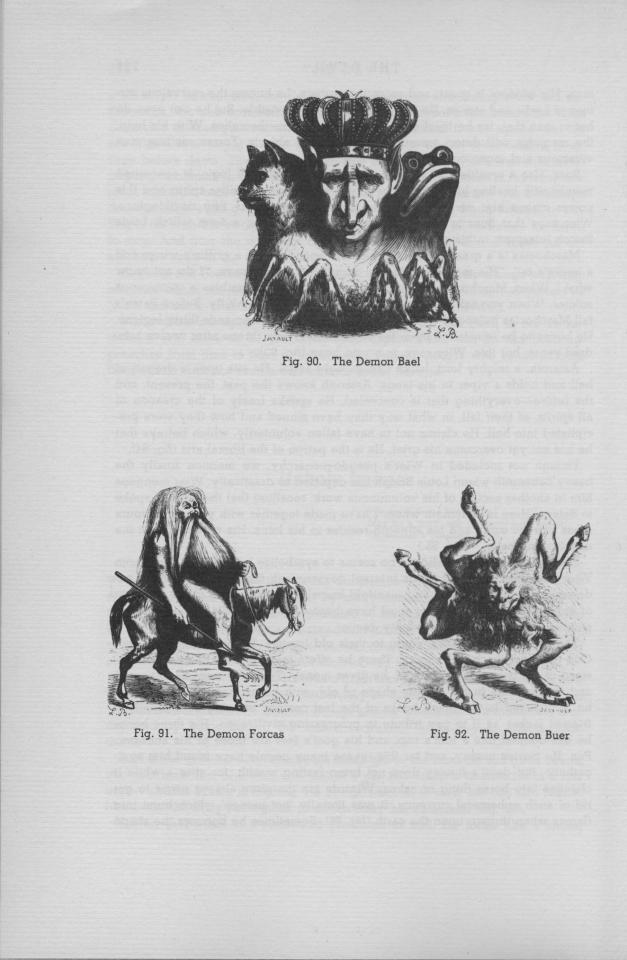
Fig. 90: The Demon Bael
Fig. 91: The Demon Forcas
Fig. 92: The Demon Buer
Collin de Plancy, Dictionnaire infernal, Paris, 1863
(A book on demon hierarchy, the Dictionnaire Infernal was first published in the early 1800s and gained sixty nine illustrations by the middle of the century. Bael is one of the seven princes of Hell. Forcas is a president, known for being able to find treasure and lost things. Buer is also a president, and is also able to heal any type of ailment.)
0 notes
Photo
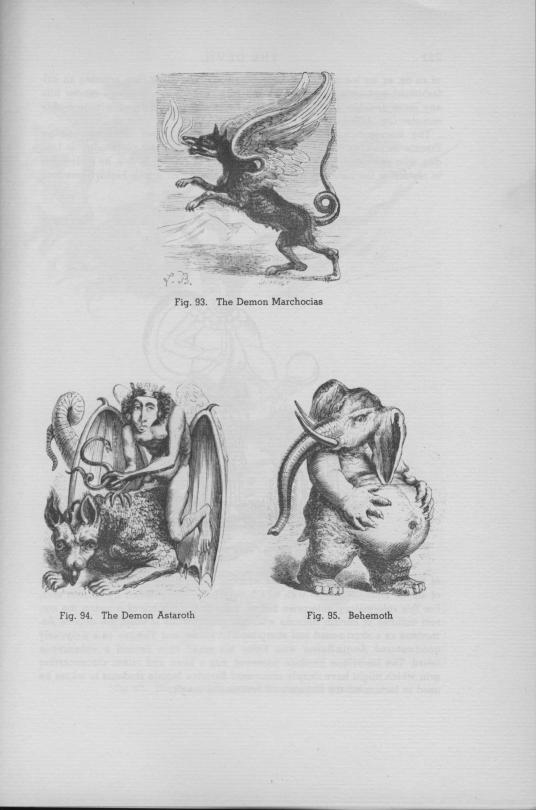
Fig. 93: The Demon Marchocias
Fig. 94: The Demon Astaroth
Fig. 95: Behemoth
Collin de Plancy, Dictionnaire infernal, Paris, 1863
(A book on demon hierarchy, the Dictionnaire Infernal was first published in the early 1800s and gained sixty nine illustrations by the middle of the century. Marchosias is a marquis of Hell, and if summoned has to answer questions truthfully. Astaroth is a duke who also has to tell the truth but can also make his summoner invisible. Behemoth does not hold a political position, but serves as a watchman.)
1 note
·
View note
Photo
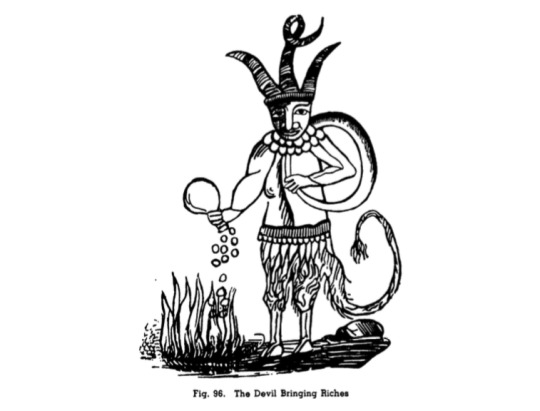
Fig. 96: The Devil Bringing Riches
Le Grand Grimoire, Nimes, 1823
(The Grand Grimoire is an instruction manual, telling the reader how to summon and control spirits.)
0 notes
Photo
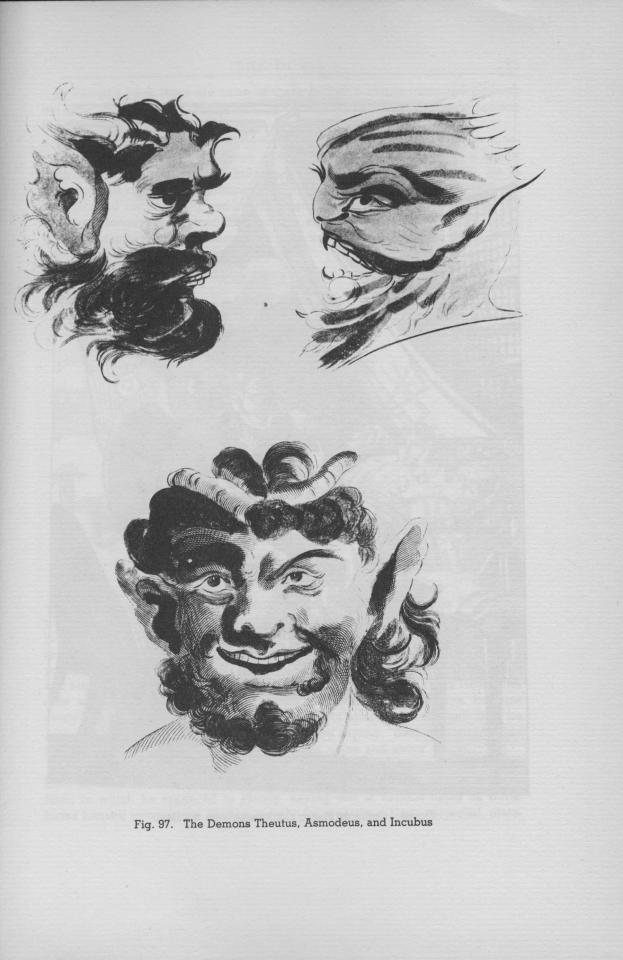
Fig. 97: The Demons Theutus, Asmodeus, and Incubus
Francis Barrett, The Magus, London, 1801
(Francis Barrett was an 18th century occultist who claimed to be a master of various magic arts. It’s believed that Barrett published The Magus in an attempt to make the public interested in the occult, and to advertise his magic lessons.)
0 notes
Photo
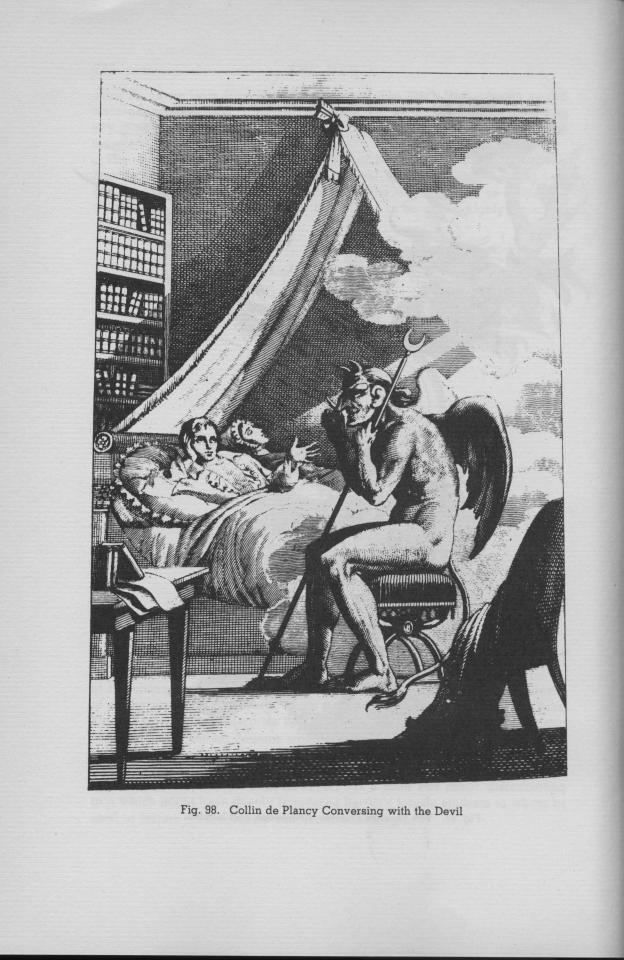
Fig. 98: Collin de Plancy Conversing with the Devil
Collin de Plancy, Le diable peint par lui-même, Paris, 1825
(A prolific author, de Plancy produced almost 40 books and pamphlets on the occult. The full title of this book translates to “Painted by the Devil Himself, or, a Gallery of small novels, bizarre tales, prodigious anecdotes about the adventures of demons, the traits that characterize their good qualities and their misfortunes, the right words and the answers that singular their attributes, their loves, and the services they have rendered out to mortals, etc., etc., etc.“)
0 notes
Photo
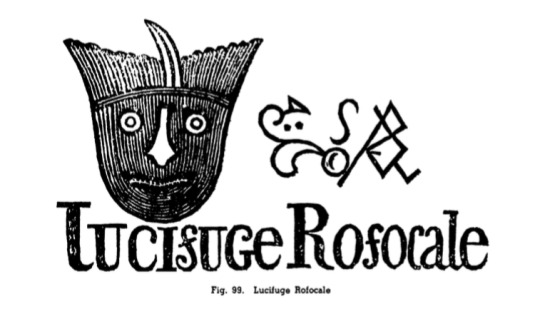
Fig. 99: Lucifuge Rofocale
Grimoire de Pape Honorius, Rome, 1760
(Lucifuge is another one of the demons in charge of the government of Hell. The etymological opposite of Luficer, which in Latin means light bearer or bringer, Lucifuge’s suffix suggests that he runs from the light. The grimoire this image is from would have added this picture to show the reader what he would look like upon summoning.)
1 note
·
View note
Photo
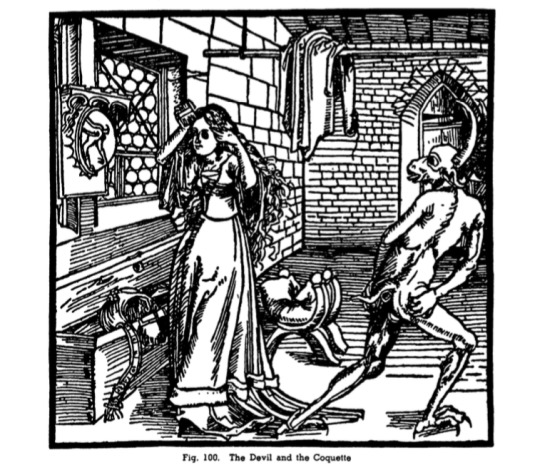
Fig. 100: The Devil and the Coquette
Der Ritter vom Turn, Augsburg, 1498
(The Book of the Knight in the Tower was written by a medieval nobleman. It is a list of instructions meant to teach his daughters etiquette, specifically while at court. It was dispersed and became a relatively popular educational tool.)
0 notes
Photo
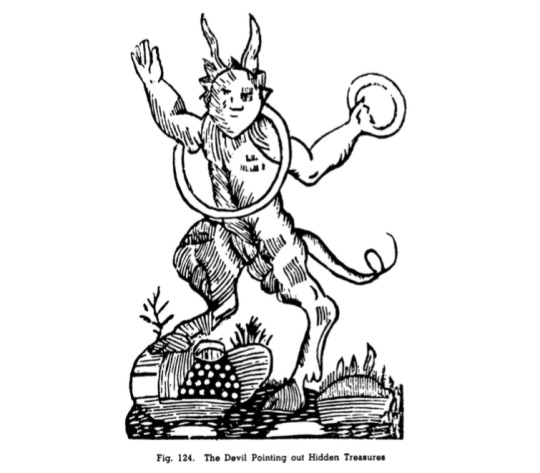
Fig. 124: The Devil Pointing out Hidden Treasures
Le véritable dragon rouge, Lille, 1521 (1821)
(Le véritable dragon rouge or The Grand Grimoire was an instructional tool, teaching the reader how to summon and control magical entities.)
0 notes
Photo

Fig. 125: Magic Circle
Le véritable dragon rouge, Lille, 1521 (1821)
(Magic circle can be used in occult ceremonies. They can perform any role from summoning to trapping a magical entity.)
0 notes
Photo
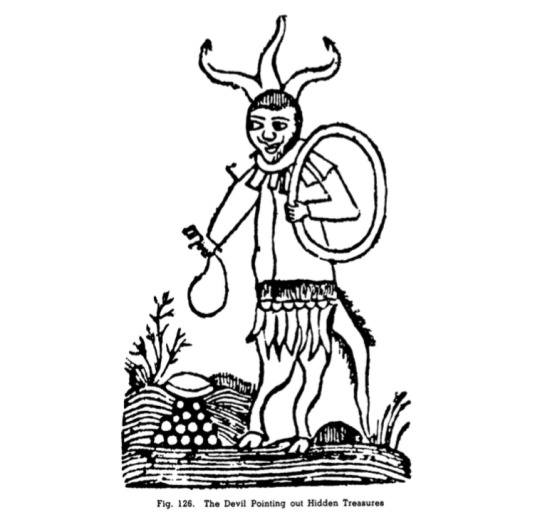
Fig. 126: The Devil Pointing out Hidden Treasures
Le véritable dragon rouge, Lille, 1521 (1821)
(Le véritable dragon rouge or The Grand Grimoire was an instructional tool, teaching the reader how to summon and control magical entities.)
0 notes
Photo
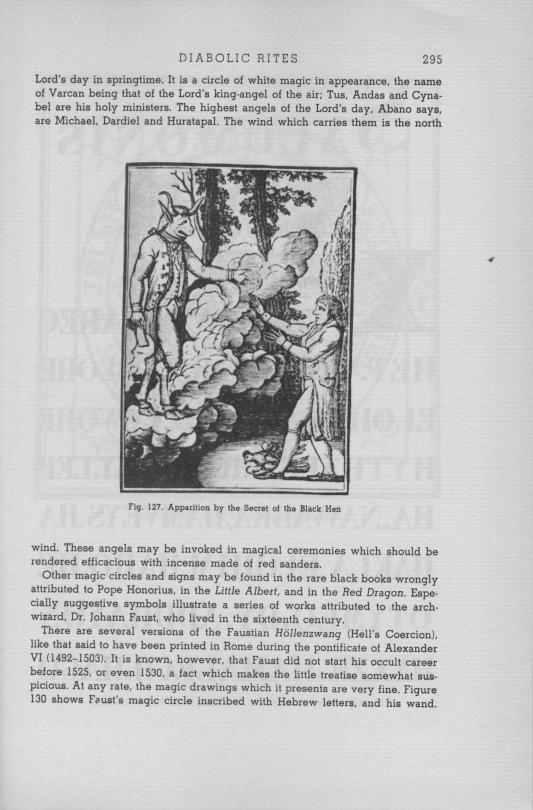
Fig. 127: Apparition by the Secret of the Black Hen
Le véritable dragon rouge, Lille, 1521 (1821)
(The Secret of the Black Hen is a ritual laid out in the grimoire. The reader is instructed to take a black hen that has never laid eggs to where two streets cross, face east, and chant while cutting the hen in half. The result is a summoned spirit.)
0 notes
Photo
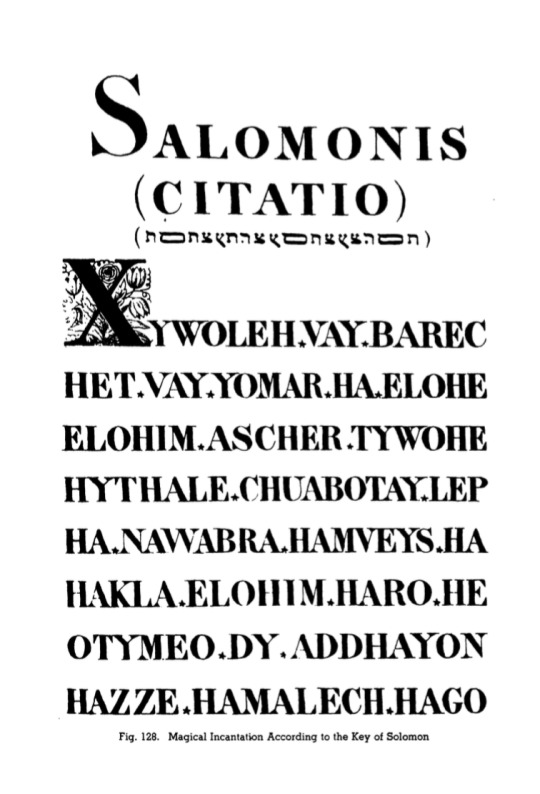
Fig. 128: Magical incantation according to the key of Solomon
J. Sheible, Das Kloster, Vol. V, Stuttgart, 1847
(The Key of Solomon is a piece of magical writing that is attributed, or rather misattributed, to the biblical king. Many of the other sources used in Seligmann’s research were probably directly influence by this manuscript.)
0 notes